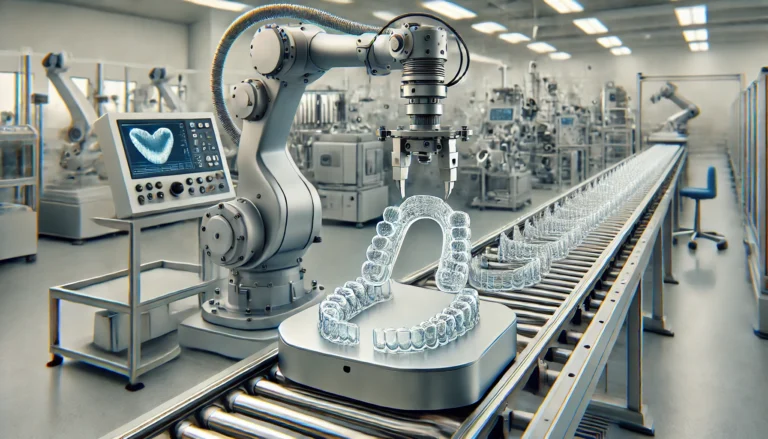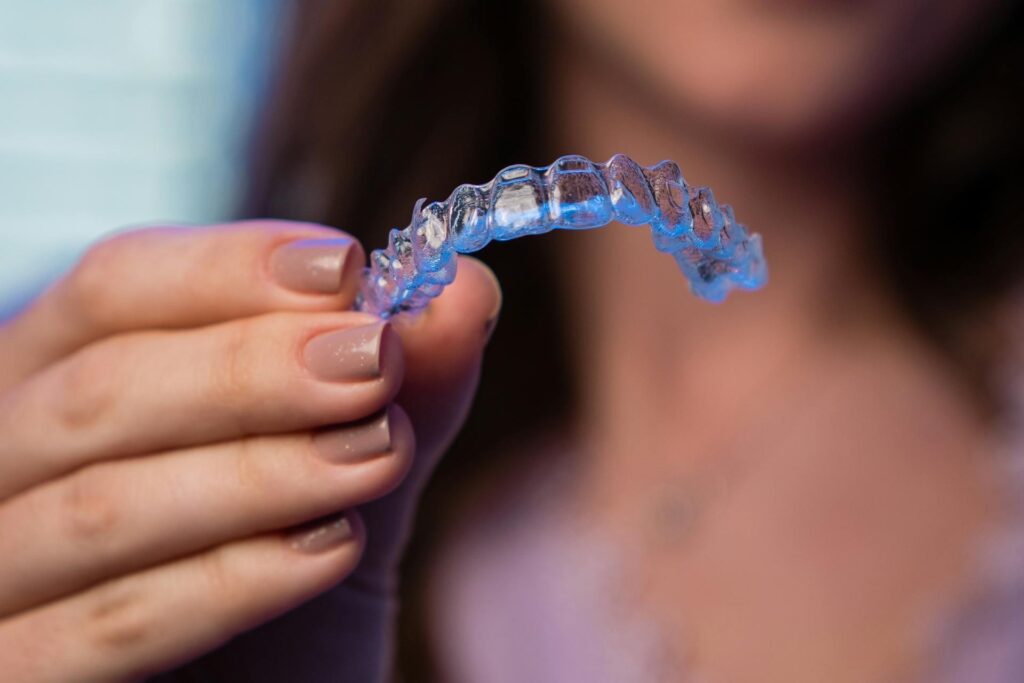
Invisible braces have transformed orthodontic treatment, providing a discreet and comfortable alternative to traditional metal braces.
Among the prominent options available are Invisalign and ClearCorrect, both crafted to straighten teeth using clear aligners. This article will delve into what these systems entail, how they function, and highlight their key differences, including aspects such as technology, treatment duration, and cost.
If you are contemplating between Invisalign vs ClearCorrect in the UK, this guide will assist you in determining which option might best fit your needs, along with insights from fellow patients about their experiences.
What are Invisible Braces?
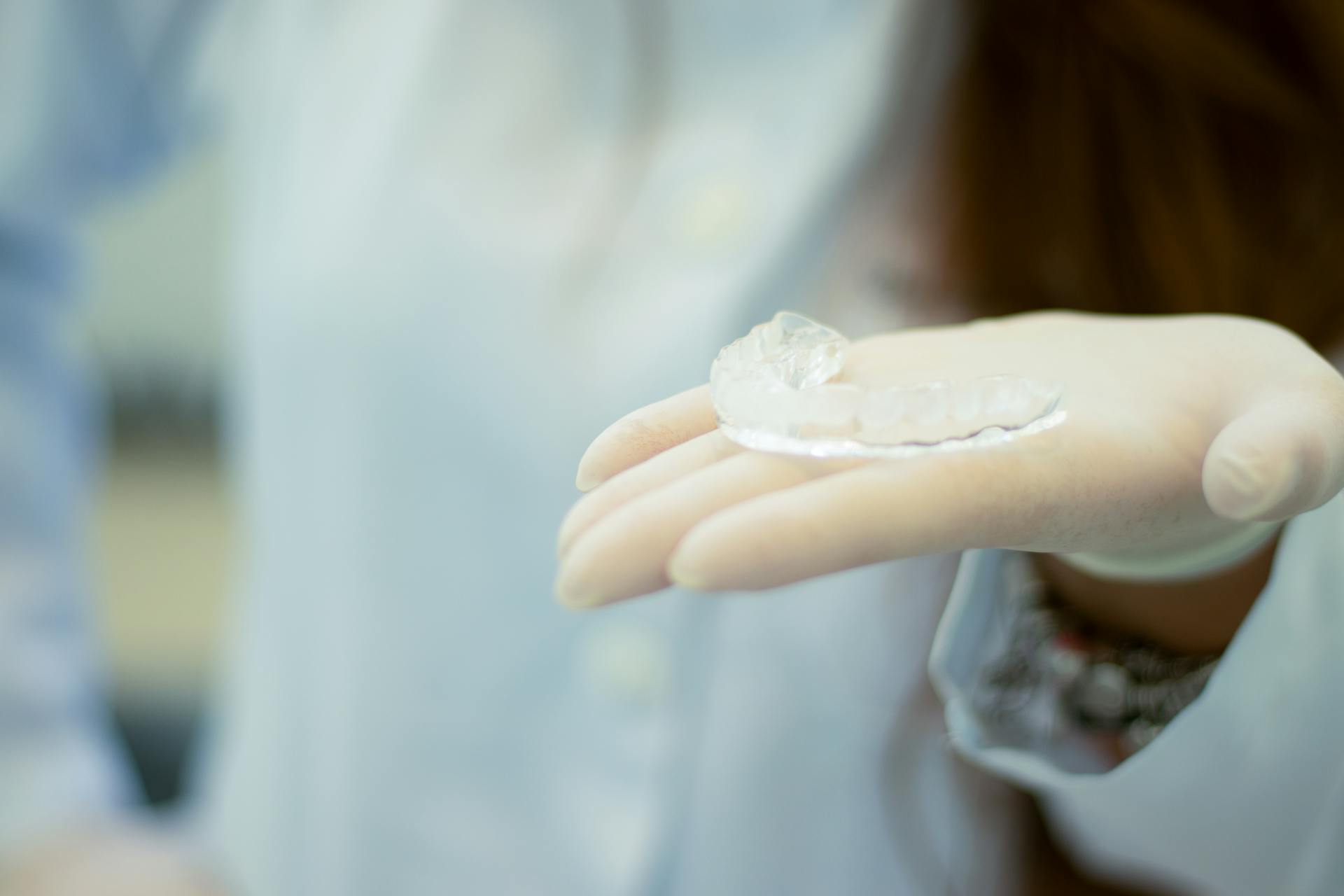
Invisible braces, commonly referred to as clear aligners, have truly transformed orthodontic treatment by offering a discreet and effective solution for straightening teeth. These aligners are custom-made using advanced orthodontic technology to fit comfortably over the teeth, enabling precise tooth movement without the cumbersome nature of traditional braces.
One of their key advantages is the removable design, which allows patients to maintain good dental hygiene throughout the treatment process. However, it’s important to note that lifestyle adjustments may be necessary with clear aligners, such as removing them during meals and drinks (except water) and cleaning the trays regularly to prevent discoloration or buildup. These small changes ensure that the aligners remain effective and that oral hygiene is maintained.
By adapting to these adjustments, patients can enjoy an improved smile while benefiting from a comfortable and convenient orthodontic experience. This combination of effectiveness and ease has made clear aligners a popular choice for modern dental care.
What is Invisalign?
Invisalign stands out as one of the leading aligner systems created to straighten teeth using a series of bespoke clear aligners that gradually shift teeth into their ideal position.
This orthodontic treatment is specifically tailored to address the unique goals of each patient, offering a comfortable and effective solution for achieving a confident smile.
With its use of digital impressions and advanced technology, Invisalign guarantees precise tooth movement and predictable clinical outcomes.
This allows patients the freedom to engage in their daily activities without the hassle often associated with traditional braces.
How Does Invisalign Work?
Invisalign operates by employing a series of custom aligner trays made from a durable, clear material designed to apply controlled force, gradually repositioning the teeth over time. Each aligner is typically worn for about two weeks before moving on to the next one in the series. Regular follow-up appointments with an orthodontic specialist are essential to ensure that the treatment plan remains on track and to make any necessary adjustments.
This systematic approach facilitates effective and precise tooth movement while prioritising patient comfort. A key advantage of Invisalign is its adaptability, even for those with busy lifestyles. Whether at home or traveling with Invisalign, patients can maintain their treatment by following simple care routines and ensuring they have their next set of aligners on hand. This flexibility makes Invisalign an appealing choice for individuals who frequently travel for work or leisure.
The process begins with an initial consultation, during which a dental professional assesses the patient’s specific dental issues and formulates a personalised treatment plan. This plan includes taking digital scans or impressions to create aligners that fit snugly over the teeth.
A key factor in achieving successful results is patient compliance. It is crucial for patients to wear the aligners for at least 20 to 22 hours each day. Periodic check-ins, usually every six to eight weeks, provide opportunities to monitor progress, address any concerns, and ensure that the aligners are being properly maintained.
Additionally, regular cleaning of the trays is vital to prevent discolouration and maintain oral hygiene, which further enhances the treatment’s effectiveness and ensures that patients can continue their journey toward a better smile—no matter where their travels take them.
What is ClearCorrect?
ClearCorrect is an innovative orthodontic solution that utilises a series of clear aligners to straighten teeth and enhance dental alignment, similar to Invisalign. This treatment offers an aesthetically pleasing alternative to traditional braces, making it an appealing choice for both adults and teenagers who prefer a more discreet method for teeth straightening.
With the aid of advanced orthodontic technology, ClearCorrect delivers a customisable treatment plan designed to meet the specific needs of each patient, ensuring effective results while prioritising comfort and convenience.
How Does ClearCorrect Work?
ClearCorrect utilises a series of custom-made aligners, specifically designed to snugly fit over the teeth and apply gentle pressure to facilitate tooth movement. The treatment process begins with a comprehensive dental assessment, during which digital impressions and 3D imaging are employed to create a precise treatment plan.
This ensures that each aligner is tailored to the unique dental needs of the patient. Patients will transition to a new set of aligners every few weeks, under the close supervision of their dental provider to guarantee optimal results.
Throughout this journey, advanced technology plays a vital role, allowing orthodontic professionals to simulate the anticipated movement of teeth and refine the treatment trajectory. This high level of customisation greatly enhances the patient experience, enabling individuals to visualise their future smiles even before the treatment is complete.
Regular follow-up appointments are critical in this process, as they provide orthodontic specialists with the opportunity to assess progress, make necessary adjustments, and confirm that patients are on track to achieve their desired outcomes.
With fewer visits required compared to traditional braces, ClearCorrect presents a convenient option for those seeking effective orthodontic care.
What are the Differences Between Invisalign and ClearCorrect?
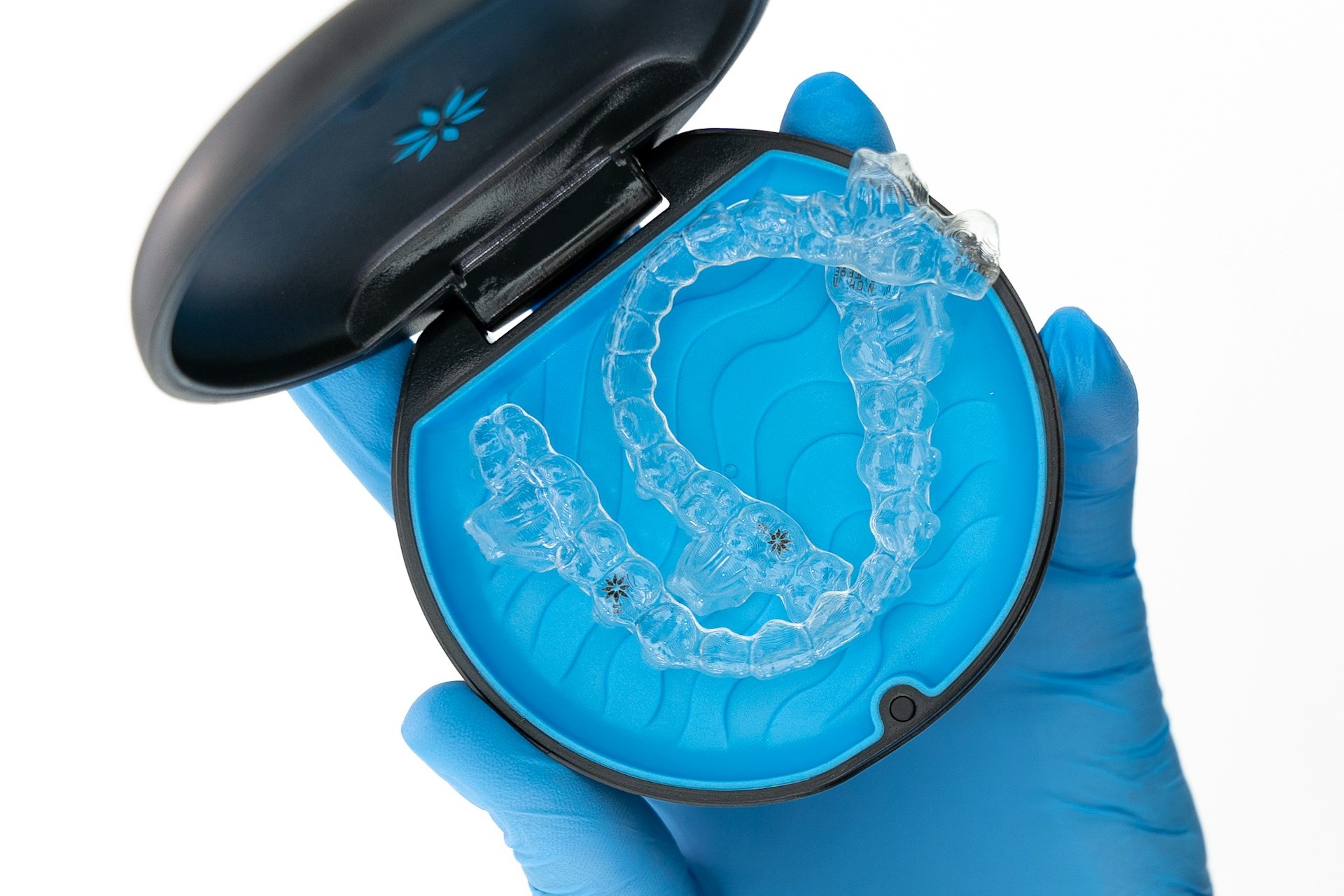
When comparing Invisalign and ClearCorrect, it is important to note that both aligner systems offer unique benefits and features tailored to various patient preferences in orthodontics.
Invisalign is often praised for its advanced technology, which includes digital treatment planning and enhanced visibility of clinical results. On the other hand, ClearCorrect may present a more budget-friendly alternative while still delivering similar effectiveness in teeth straightening.
By understanding these differences, patients in the UK can make informed decisions regarding which treatment option aligns best with their orthodontic goals and financial considerations.
1. Technology Used
The technology used by Invisalign incorporates advanced digital impressions and 3D imaging to develop a highly accurate and personalised treatment plan for each patient. This ensures effective tooth movement throughout the entire treatment process.
ClearCorrect employs similar technology; however, there may be variations in the precision of aligner fabrication. Therefore, the choice of technology is a crucial consideration for patients seeking the best results in their orthodontic journey.
Both systems utilise state-of-the-art digital scanning technology, providing a detailed view of a patient’s dental structure. This is essential for creating aligners that fit snugly and comfortably. These innovations allow for real-time adjustments based on progress, ensuring that treatment remains on track and aligns with the initial goals.
Additionally, the use of sophisticated CAD/CAM software enhances the design and manufacturing process, leading to improved accuracy in aligner creation.
As patients explore these options, understanding the technological differences can significantly impact their experience and overall satisfaction with the final outcome.
2. Treatment Time
When considering treatment duration, Invisalign generally provides a quicker path to achieving straight teeth, with most patients completing their treatment within 6 to 18 months. This timeframe depends on the complexity of their orthodontic concerns.
ClearCorrect also offers a competitive treatment duration, making both aligner systems viable options for individuals looking to improve their smiles in a reasonable timeframe.
The overall effectiveness of these treatments is influenced by several factors, including the severity of dental misalignment, the patient’s commitment to wearing the aligners for the recommended 20-22 hours a day, and the importance of regular follow-up appointments with an orthodontist.
Patients with more complex cases should be aware that they may experience longer treatment times, which is a crucial consideration for those eager to see results quickly.
Statistical data indicates that approximately 80% of patients achieve their goals within the typical treatment range. This statistic reflects the potential of both systems to meet expectations when patients diligently adhere to their treatment plans.
As you evaluate your options, understanding these subtle differences can be instrumental in determining which treatment aligns best with your personal timelines and dental objectives.
3. Cost
Cost is an important consideration when deciding between Invisalign and ClearCorrect. Generally, Invisalign’s cost tends to be at the higher end of the price spectrum due to its advanced technology and strong brand recognition. On the other hand, ClearCorrect may offer a more affordable option for patients in the UK.
It’s essential for patients to understand the financial implications and check their dental insurance coverage to make an informed decision that fits their budget.
Several factors contribute to the overall cost of treatment, including:
- The complexity of the dental issues being addressed
- The duration of treatment
- The specific aligner system chosen
Patients with more severe misalignment may face higher costs due to the need for more extensive adjustments and longer treatment periods. Additionally, the geographical location of the dental practice and the experience of the provider can significantly influence the final expense.
It is crucial for individuals to explore their insurance options, as some plans may cover a percentage of the costs, offering additional financial relief. Ultimately, having a comprehensive discussion with their dental care provider about all these factors will help patients navigate their orthodontic journey while effectively managing expenses.
4. Availability in the UK
Both Invisalign and ClearCorrect are readily accessible throughout the UK, with a variety of dental providers and orthodontic specialists offering these clear aligner options to patients interested in effective teeth straightening solutions. It is important for patients to consult with their local dental practices to find out which aligner system is available and best suited to their individual orthodontic needs.
During the initial consultation, dental professionals will evaluate the patient’s dental condition and discuss treatment options, including costs and the anticipated duration of the orthodontic care. Many clinics provide thorough evaluations, often utilising 3D imaging technology to help visualise the expected outcomes.
Access to these aligner systems is facilitated by flexible payment plans and different levels of insurance coverage that many providers offer. Patients are encouraged to enquire about consultation fees and any special promotions that may be available, as these could further simplify their journey towards achieving a straighter smile.
Which is Better for UK Patients?
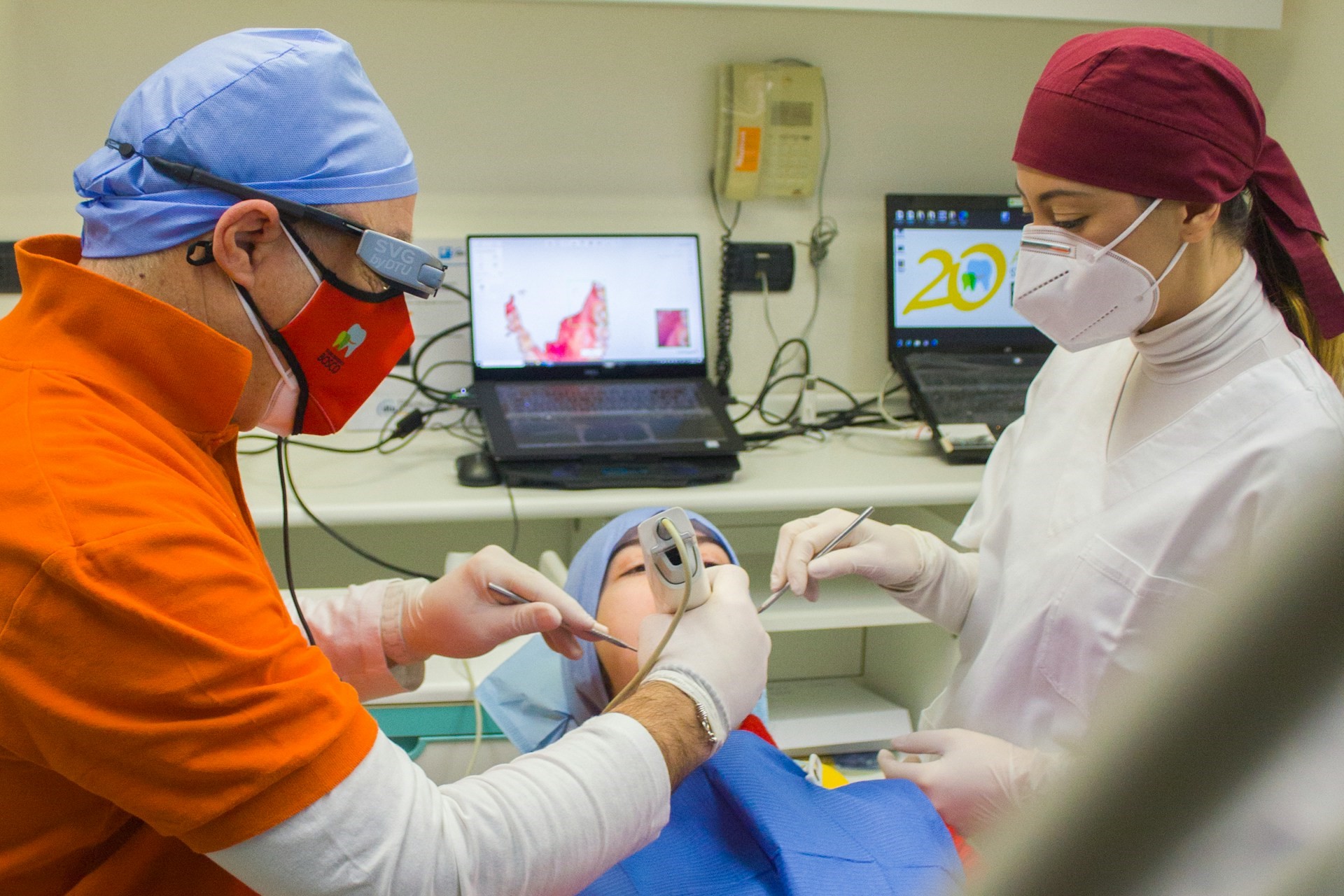
Selecting the most suitable aligner system for patients in the UK typically hinges on individual preferences and specific orthodontic requirements. Both Invisalign and ClearCorrect present distinct advantages, but it is important for patients to evaluate factors such as treatment effectiveness, comfort, and cost when deciding which option best aligns with their aspirations for dental alignment and smile enhancement.
Additionally, patient reviews can offer valuable perspectives on the user experience and overall satisfaction with each system.
1. Availability
Availability is a crucial consideration for patients in the UK when deciding between Invisalign and ClearCorrect, as not all dental practices offer both options. Conducting research on local dental providers and their qualifications for administering these orthodontic treatments can help ensure that patients receive quality professional support during their smile transformation journey.
Having orthodontic specialists readily available not only enhances convenience for patients but also plays a vital role in ensuring consistent follow-up appointments and monitoring progress. A qualified dental practice can offer personalised consultations, allowing individuals to get a good idea of the unique features and benefits of each aligner system.
Selecting a provider that prioritises patient care and is accessible for any questions or adjustments can significantly contribute to a smoother and more effective treatment experience. Consequently, patients should take the time to evaluate local dental practices that specialise in these innovative aligners to maximise their investment in dental health.
2. Cost
The cost of treatment can significantly influence a patient’s decision between Invisalign and ClearCorrect, as individuals in the UK often look for a balance between affordability and treatment effectiveness. While Invisalign may have a higher initial cost due to its advanced technology, ClearCorrect presents a more budget-friendly option that still allows for effective teeth straightening without causing financial strain.
It is important for individuals to carefully assess not only the upfront costs but also the long-term financial implications, including any potential dental insurance coverage. Many patients may be unaware that certain insurance plans could provide partial reimbursement for both systems, which can impact their overall financial commitment.
Therefore, it is vital for them to educate themselves about the specifics of these options, ensuring they make an informed decision that aligns with their orthodontic needs and budgetary considerations.
Additionally, taking into account factors such as maintenance costs and the possibility of needing follow-up procedures highlights the necessity of comprehensive financial planning in this decision-making process.
3. Treatment Time
For patients in the UK, treatment time is a crucial factor to consider when choosing between Invisalign and ClearCorrect. Both aligner systems have the potential to effectively straighten teeth, but the duration of treatment can vary significantly based on individual circumstances and the complexity of the malocclusion. This makes it essential for patients to engage in a thorough discussion about their specific needs during the dental consultation.
Several factors can influence the overall treatment duration, including:
- The severity of misalignment
- The level of patient compliance with wearing the aligners
- The frequency of follow-up appointments
Generally, orthodontic treatment with these aligners may last anywhere from several months to a couple of years, depending on how closely a patient adheres to the recommended wearing schedule.
Monitoring progress through patient tracking allows orthodontists to make timely adjustments, which contributes to a more efficient treatment process. Therefore, understanding these variables can help set realistic expectations, ultimately leading to more satisfactory outcomes for the patient.
4. Effectiveness
Effectiveness is a primary concern for patients in the UK when evaluating Invisalign and ClearCorrect, as both systems strive to deliver optimal treatment outcomes for dental alignment. Patient reviews, clinical results, and real-life success stories are valuable resources that can help individuals understand how well each system meets their unique needs in pursuing a smile transformation.
Upon examining the nuances of these innovative orthodontic treatments, it becomes evident that both options have received considerable positive feedback from users. Many patients report high satisfaction rates, emphasising not only the comfort and convenience of the aligners but also the noticeable improvements in their dental structure over time.
Clinical studies support these experiences by showcasing effective treatment timelines and consistent results. As orthodontic innovations continue to advance, the capacity of these aligner systems to provide predictable outcomes makes them increasingly attractive to those considering orthodontic treatment.
Such insights are invaluable for individuals looking to make informed decisions regarding their dental health.
What Do Patients Say About Invisalign and ClearCorrect in the UK?
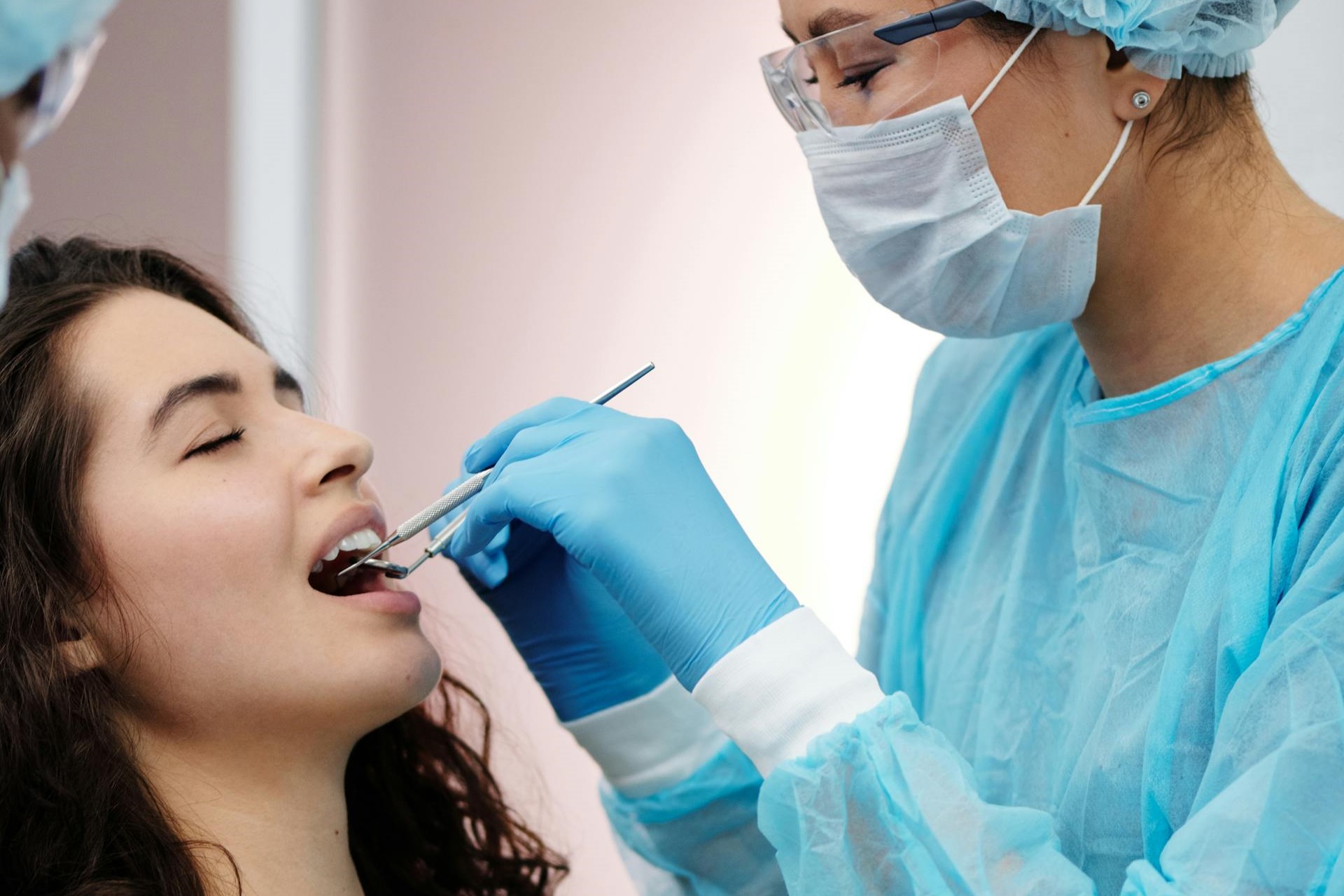
Patient feedback plays a vital role in understanding the real-world effectiveness and satisfaction levels associated with Invisalign and ClearCorrect among patients in the UK.
By reviewing testimonials and success rates, prospective patients can gain valuable insights into the experiences of those who have undergone treatment with these clear aligners. This information can significantly assist them in making informed decisions about their own treatment options.
1. Reviews and Testimonials
Reviews and testimonials from patients who have undergone treatment with Invisalign and ClearCorrect offer valuable insights into their experiences and satisfaction levels with these aligner systems. Many patients in the UK report positive outcomes, particularly regarding comfort, convenience, and the aesthetic appeal of clear aligners, which makes them a popular choice for those seeking orthodontic care.
Common themes emerge that emphasise how these systems provide greater flexibility in daily life, effectively alleviating the discomfort often associated with traditional braces. Patients frequently express their appreciation for the minimal disruption to their routines, noting that removable aligners make maintaining oral hygiene both straightforward and accessible.
Numerous individuals share their satisfaction with the transformative results they have achieved, highlighting significant improvements in their smiles without the visible presence of metal wiring. These positive experiences contribute to an overall high level of satisfaction with dental treatment among users, fostering a growing trend towards clear aligner solutions in orthodontics.
2. Success Rates
Success rates for both Invisalign and ClearCorrect are notably high, with numerous clinical studies demonstrating effective results in achieving the desired dental alignment. Many orthodontic specialists in the UK observe that patients using these clear aligners experience significant improvements in their smiles, which contributes to high levels of patient satisfaction and confidence.
Research indicates that the average treatment success rate for these aligner systems can exceed 90%, making them a reliable choice for individuals seeking orthodontic care. Studies published in reputable journals highlight the predictability of treatment outcomes, showcasing how effectively these systems can address a range of orthodontic issues, from minor spacing to more complex bite corrections.
Experts emphasise that the technology behind these clear aligners allows for customisable treatment plans, which are essential for achieving optimal alignment tailored to each patient’s unique dental structure. As a result, the focus on clinical outcomes not only reinforces patient trust but also enhances the overall quality of dental care provided.
Which is the Best Option for UK Patients?
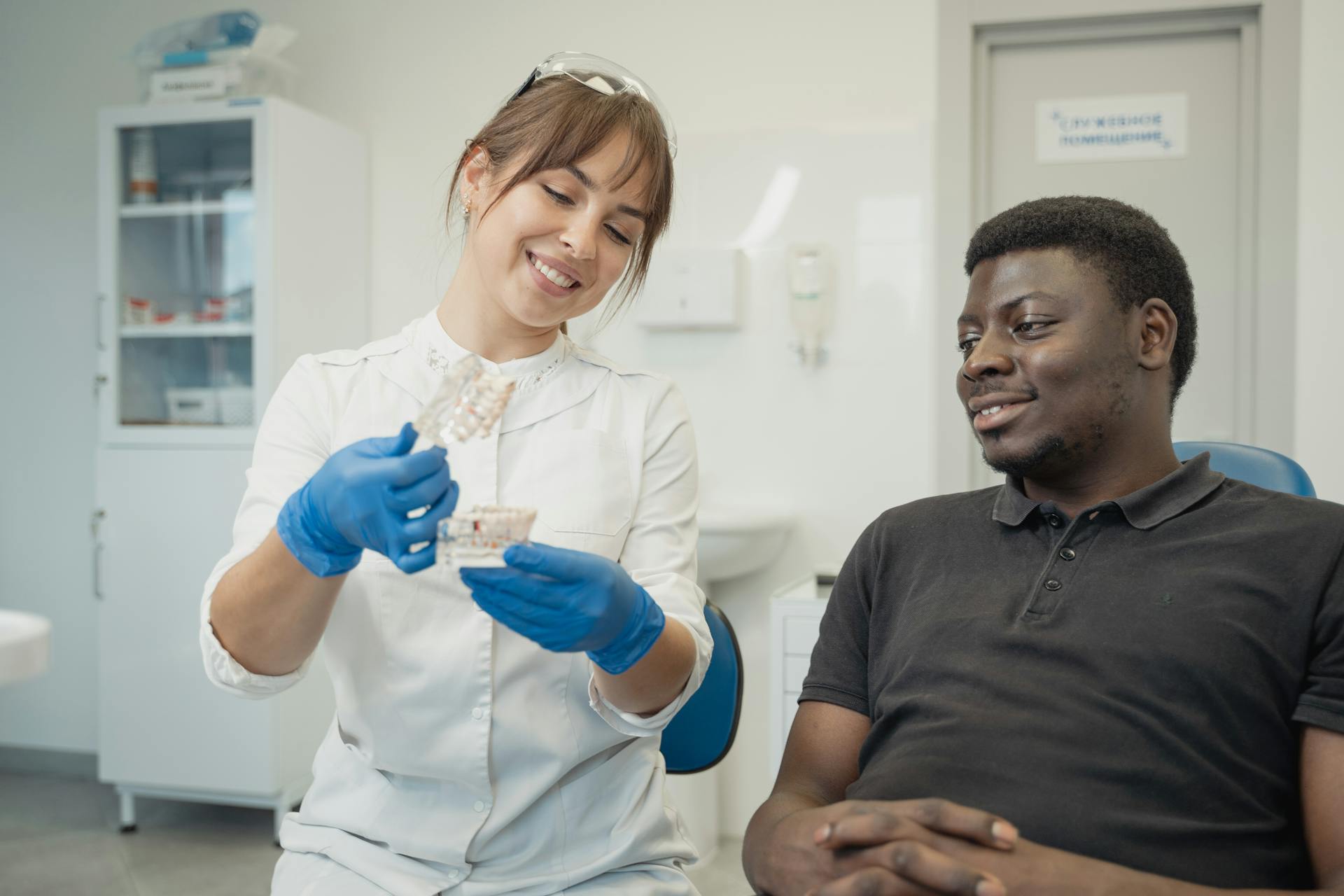
Choosing between Invisalign and ClearCorrect for patients in the UK truly depends on personal needs, preferences, and financial factors.
It is important for patients to consider aspects such as treatment effectiveness, comfort, cost, and availability.
By thoughtfully evaluating these factors, they can make informed choices that align with their orthodontic goals and expectations, ultimately leading to a positive treatment experience.
Frequently Asked Questions
What are Invisalign and ClearCorrect, and how do they work?
Invisalign and ClearCorrect are both clear aligner systems used to straighten teeth without the use of traditional metal braces. They work by using a series of custom-made, transparent aligners that gradually shift the teeth into the desired position.
What are the main differences between Invisalign vs ClearCorrect?
The main differences between Invisalign and ClearCorrect are the materials used, the number of aligners needed, and the cost. Invisalign uses a patented thermoplastic material, while ClearCorrect uses a thinner and more flexible polyurethane material. In general, Invisalign aligners are more expensive and require fewer aligners compared to ClearCorrect.
Which aligner system is more comfortable for UK patients?
Both Invisalign and ClearCorrect are designed to be comfortable for patients. However, Invisalign may be more comfortable for some UK patients due to its patented SmartTrack material, which offers a better fit and a more gradual shift in teeth alignment.
Which aligner system provides better results for UK patients?
Both Invisalign and ClearCorrect can deliver excellent results for UK patients. However, Invisalign may be more effective in treating more complex dental issues due to its patented material and advanced technology. ClearCorrect may be a better option for simpler cases.
Are there any dietary restrictions with Invisalign or ClearCorrect?
Both Invisalign and ClearCorrect aligners are removable, allowing patients to eat and drink normally. However, it is recommended to remove the aligners while consuming hot or coloured beverages, as they may stain or damage the aligners.
Which aligner system is more widely available for UK patients?
Invisalign is the more established and well-known aligner system, with a larger global presence and availability in most countries, including the UK. ClearCorrect may not be as widely available in the UK, but it is still offered by many reputable orthodontists and dentists.

